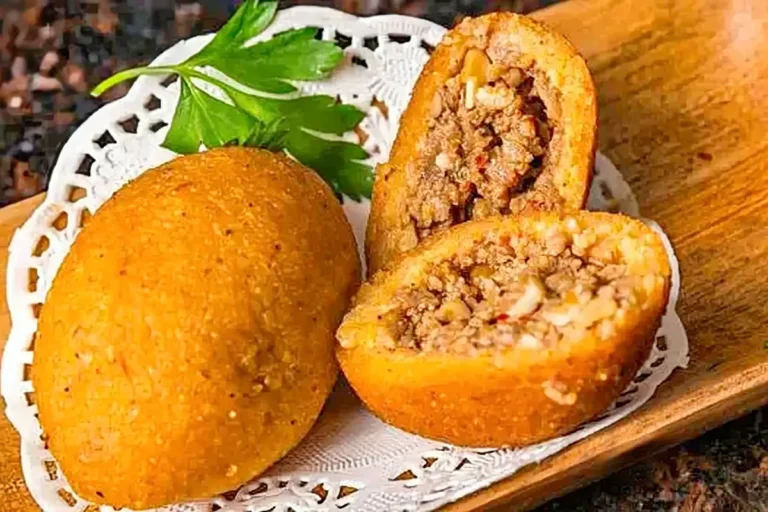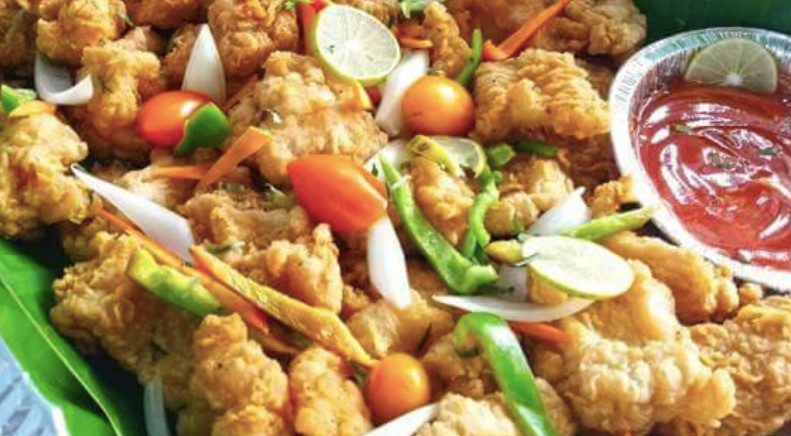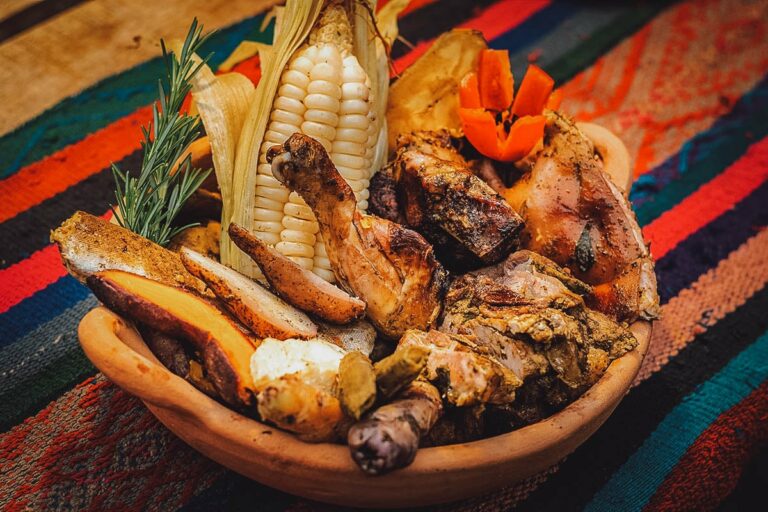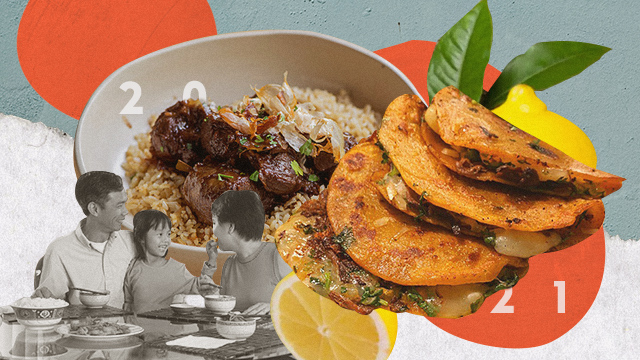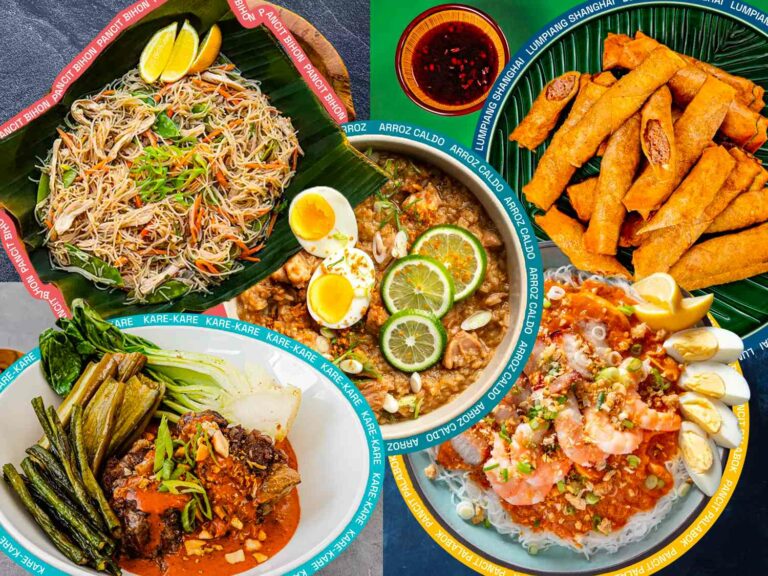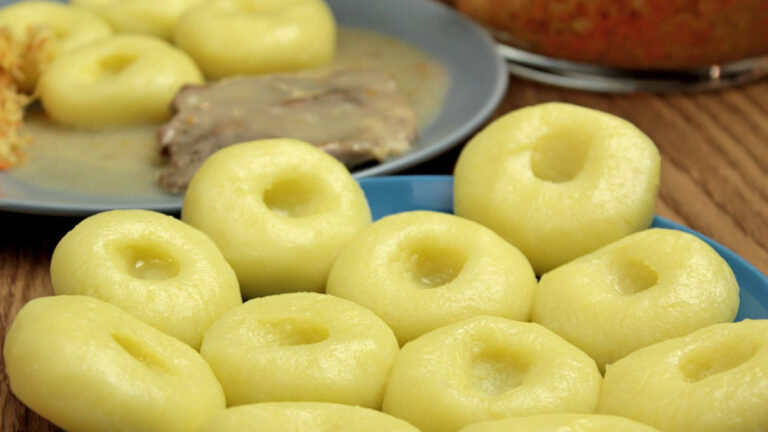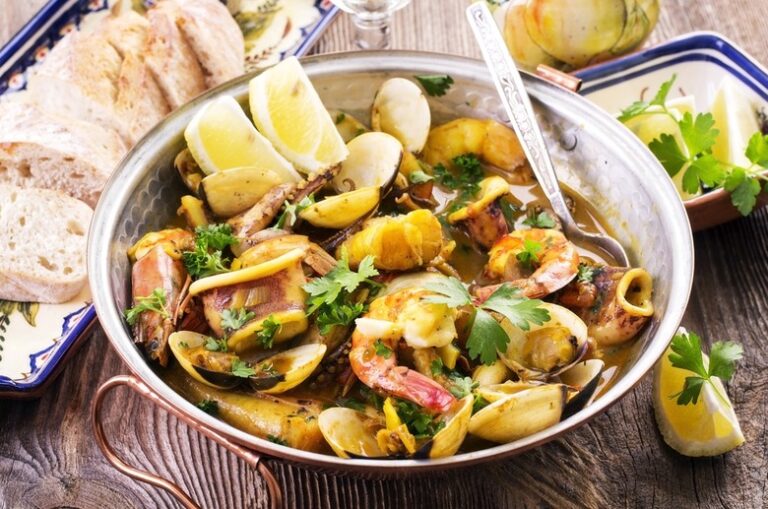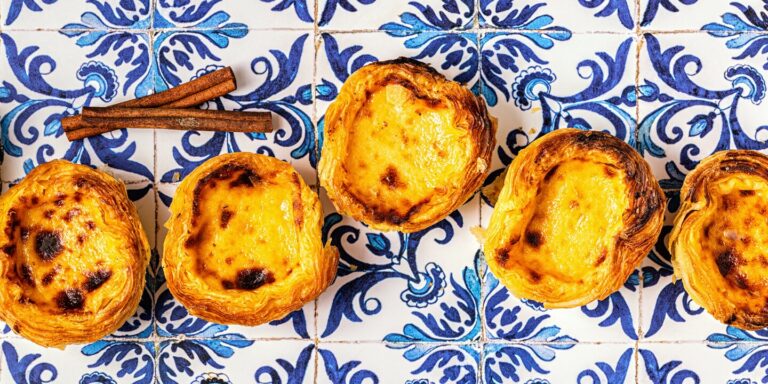Introduction: Panama’s Culinary Culture
Panama’s culinary culture is diverse, influenced by its indigenous population, Spanish settlers, Afro-Caribbean immigrants, and other Central and South American countries. Panamanian cuisine is characterized by the use of local ingredients like seafood, plantains, yucca, and corn, as well as spices and herbs like culantro and achiote. In this article, we will recommend some traditional Panamanian dishes that showcase the country’s culinary heritage.
Arroz con Pollo: Chicken and Rice Dish
Arroz con pollo is a staple dish in Panama and other Latin American countries. It consists of chicken and rice cooked in a tomato-based sauce with onions, garlic, and bell peppers. Some variations also include peas, olives, and capers. The dish is usually served with fried plantains and a side salad. Arroz con pollo is a hearty and flavorful meal that combines the best of Spanish and indigenous culinary traditions.
Sancocho: Hearty Soup with Roots
Sancocho is another popular Panamanian dish that is often served during special occasions like birthdays and holidays. It is a thick soup made with root vegetables like yucca, plantains, and ñame, as well as chicken, beef, or fish. The soup is seasoned with culantro, garlic, and onions and served with rice and avocado. Sancocho is a symbol of Panamanian hospitality and a dish that brings people together.
Tamales: Corn Husk Wrapped Delight
Tamales are a traditional Latin American dish made with masa (corn dough) and filled with meat, vegetables, or cheese. In Panama, tamales are usually wrapped in banana or plantain leaves, which give them a distinct flavor and aroma. The filling can include chicken, pork, or beef, as well as olives, raisins, and capers. Tamales are often served during Christmas and other festive occasions.
Ceviche: Fresh Seafood Salad
Ceviche is a refreshing and healthy dish made with raw fish, shrimp, or conch marinated in lime juice, onions, cilantro, and peppers. The acid in the lime juice “cooks” the seafood, giving it a firm texture and tangy flavor. In Panama, ceviche is often served with plantain chips or crackers and is a popular appetizer or lunch dish. It is a great option for seafood lovers looking for a light and flavorful meal.
Hojaldres: Fried Bread with Cheese or Meat
Hojaldres are a type of fried bread that is crispy on the outside and soft on the inside. They are often served for breakfast with cheese, ham, or sausage and a cup of coffee. Hojaldres are made with flour, yeast, milk, and butter, and are traditionally fried in lard. They are a delicious and filling breakfast option that showcases the influence of Spanish cuisine on Panamanian food.
In conclusion, Panama’s culinary heritage is rich and diverse, reflecting its history and cultural mix. From hearty soups to fresh seafood salads, Panamanian cuisine offers a range of flavors and textures that are sure to delight any food lover. By trying some of these traditional dishes, you can experience the taste of Panama and appreciate its culinary culture.

